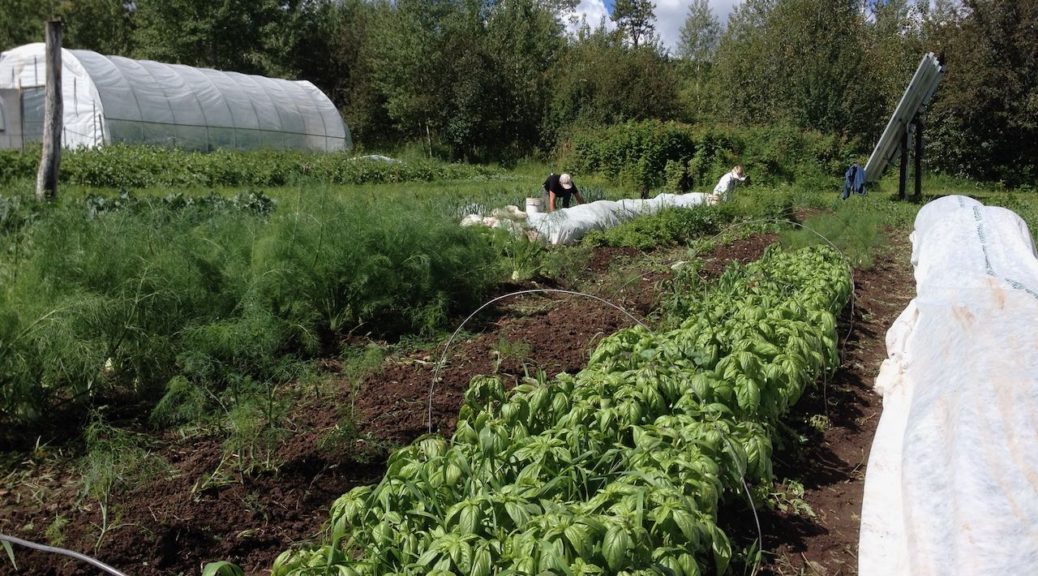Suggestions for growing a 2020 Victory Garden in 8 easy steps! (adapted from Victory Garden 2.0 by National Garden Bureau)
1. Know your growing zone. Teton Valley Idaho has some different microclimates depending on specific location, but in general we are zone 4b, according to the USDA. We can expect frosts through May, even into June and July in some years. In the fall we usually get a light frost in the first 10 days of September. Thus, our outdoor growing season is a short window in the summer.
2. Make a list of what you like to eat. How many plants do you need? Are you going to eat everything fresh? Preserve anything? How much space do each of the veggies take up (lettuce vs. zucchini)? Consider succession planting to spread out the harvest. Some veggies need additional heat here, in the form of a south side of house microclimate, hoophouse or small greenhouse. (Think tomatoes, peppers, eggplant, melons)
3. Decide on Seeds or Transplants. Some things do fine from seed here, while others have too many days to harvest to grow from seed. We suggest considering transplants for Broccoli, Cabbage, Brussel Sprouts, Cucumber & Squash, Onions. Certainly for Tomatoes & Peppers.
4. Plan your garden space. Consider garden plots, raised beds, or containers, but make sure the location gets plenty of sun. Seed catalogues or packets give instructions for the space needed per plant. How will the garden be watered? The nurseries will have suggestions for automating watering or setting up drip systems.
5. Know your soil or buy good quality gardening mixes. A lot of soil here is some form of clay or clay-loam, which will be fine, but we recommend amending with compost. Make sure any compost you import doesn’t have chemical residue from herbicides etc. We recommend that any soil mixes or compost purchased in bags be OMRI certified organic, so as not to contain gross things like sewage sludge!
6. Follow suggested sowing and planting dates. We start things in the garden under cover in mid-May. We hold off on planting more sensitive things like squash, cucumbers and basil until early June. Row cover is highly recommended, as it both insulates from light frosts, and keeps the moisture more consistent for seed germination. Nurseries will have row cover to purchase.
7. Start composting. As the gardening season progresses, you can top-dress your crops with compost. Good fertility leads to healthy plants and less pest problems. Mulch will keep weeds down.
8. Don’t forget to plant some pollinator friendly flowers. This will allow your veggies to be pollinated!

